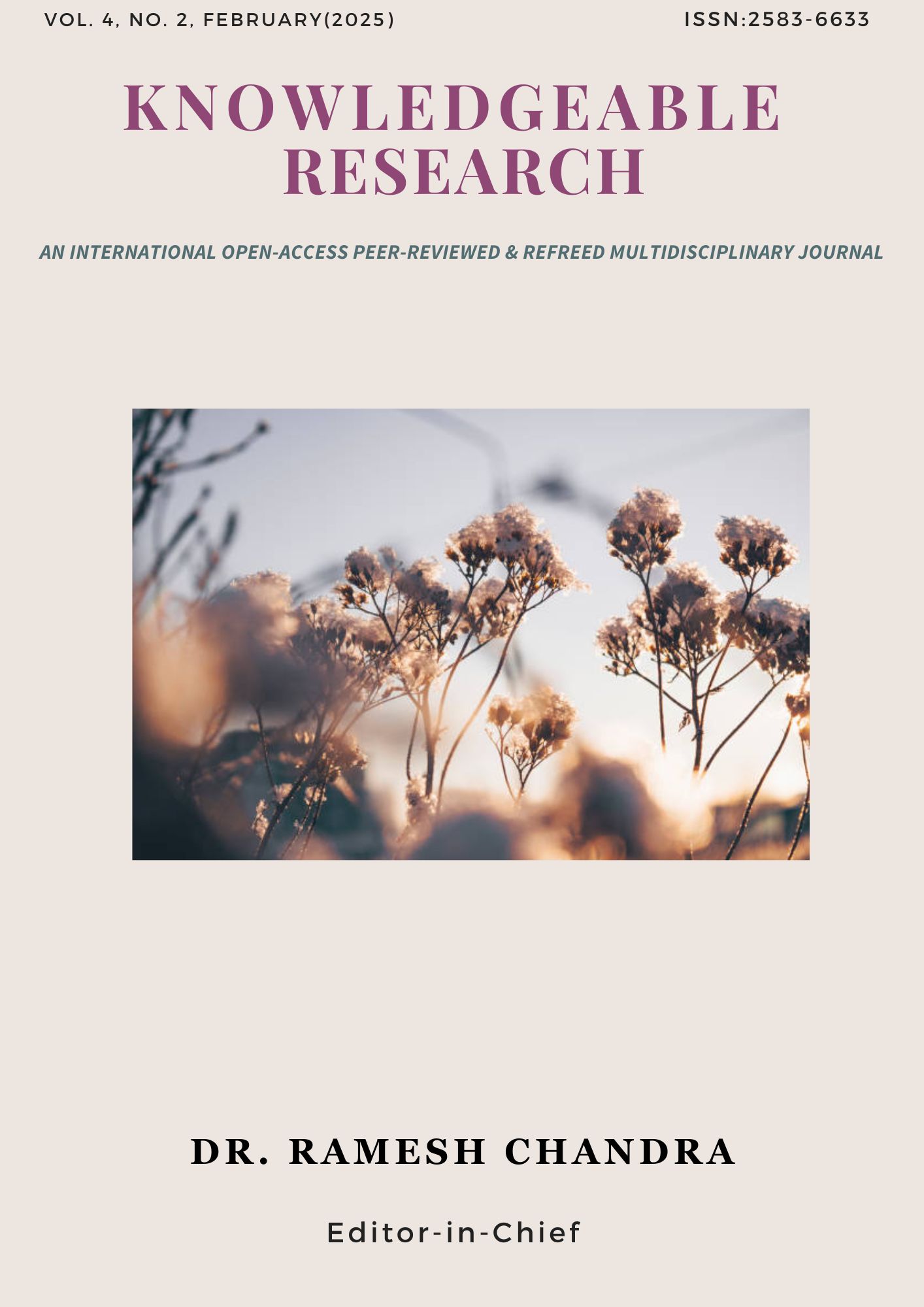Internal Control Mechanism: The Wings of Auditor’s Due Care in Medium and Large-Scale Businesses in Nigeria
Main Article Content
Abstract
This paper investigated internal audit mechanism: The wings of medium and large-scale business success in Nigeria. Imo state is a state in Nigeria therefore, Imo state is used to represent other states in Nigeria. One research question and one hypothesis were used for this study. Descriptive survey research design was used for this study. Population of this study is 1,000 which comprised 500 accounting workers from medium scale and 500 workers from large-scale businesses in Imo state. Stratified random sampling techniques was used to select a sample size of 260, which comprized 65 female and 65 male accounting staff from four medium and large-scale businesses in Imo state. Instrument for data collection is a researcher developed questionnaire titled “internal audit mechanism: The wings of medium and large business success in Nigeria” was used. The instrument was validated by two experts from Imo state University Owerri. Crobach alpha statistical technique was used to ascertain the reliability coefficients. The reliability coefficients were 0.78 and 0.98 which shows that the instrument is reliable to be used for this study. Mean and standard deviation were used to analyze the data generated, while Chi- square test of independent was used to test the hypothesis. It was recommended from this study that business owners should establish efficient and effective internal checks and control system in medium and large-scale business organizations. This would reduce fraud and pave way for medium and large-scale business success in developing and developed countries of the world in this digital era. It was recommended from this study that owners of large-scale and medium scale businesses in their businesses, should establish efficient and effective internal checks and control this would help to reduce sudden collapse of businesses in the developing and developed countries of the world among others.
Downloads
Article Details
Section

This work is licensed under a Creative Commons Attribution-NonCommercial 4.0 International License.
How to Cite
References
Attwood, F.A. (1986). De Paula’s Auditing. Sevent Edition .Pitman Publishing London.
Agunanne, M.U. (2005). Fundamentals of Government Accounting & Financial Control. Versatile publications, Owerri.
Charles, T. (2002). Managing Fraud and wastage through effective Control strategy. Paper presented at the induction ceremony of new members of the Institute of certified Public accountants of Nigeria.
Charles, T. H., Srikant, M.D. & George, F. (2005). Prentice Hall of India Private limited New Delhi-1100001.
Federal Republic of Nigeria ‘Audit ordinance (1956). The laws of Federal Republic of Nigeria. Lagos Chapter 17, Vol. 1. 1958.
Ojaide, F. (1998). Appointment, Remuneration and Removal of auditors, area of controversy on CAMD, still constitute an obstruction to the auditors in the performance of his duties. The Nigerian Accountants, Oct / Dec.
Opara, S.U. (2000). Essential of Cost Accounting. Grace of God printing and Publishing Company, Owerri
Okereke, L.C. (2000). Principles and Practice of Auditing and Investigations. Lima publishers. Lagos state.
Olaywola, P. (2001). Public Sector Accounting/ Auditing Standard and value for money audit as Effective tools for Financial Reporting. Paper presented at the induction of new members of Institute of Certified Public Accountants of Nigeria.
Opara, S.U. (2020). Tropical Auditing. Versatile publishers, Owerri.
Peursem, K.V. & humphery, L.D. (2005). Internal Auditors and Independence: An agency lens on Corporate Practice,” Financial reporting, regulation and Governance, 4(2), 1-33.
Seyi, O. (2009). Fundamentals of principles of Nigerian Taxation. ABC ventures. Lagos state.
Howood,learner & Young (2008). Forensic Accounting. New York, Ny: MCGraw-Hill.
Ikenna, E. (2004). Financial management. Green land press ltd. Onitcha.
Ikpam, A. (2000). The Role of professional Accountants in Combating Corruption, fraud and Enhancing National development in Nigeria: A paper presented at Mandatory Continuing professional Development Programme of association of National Accountants of Nigeria (ANAN) Jos.
Millichamp, A.H. (2000). Auditing England: DP Publications.
Mutchler, J.F. (2003). Independence and Objectivity: “A framework for Research opportunities in Internal Auditing,” The institute of Internal Auditors Research Foundation.
Mousa, F.R. (2005). “Developing a Model for Evaluating the Effectiveness of the Internal Audit Function in Libyan organizations: Case Study with Special Reference to Oil Comppanies: a PhD. Thesis,(UK; Manchester Metropolitan University).
Mihret , D.G.& Yismaw, A. W. (2007). Internal Audit Effectiveness: An
Ethiopian Public Sector Case Study” Managerial Auditing Journal, 22(5), 470-484.
Quin, D. & Hargie, O. (2004).’ Internal Communication Audits; A case study: corporate Communications: An International Journal, 9(2), 146-158.
Sully, J. (1989). The financial service Art and auditor. ACCA students’ Newsletter .P8
Soh, D.S. B. & Martinov- Bennie, N.M. (2011). “The Internal Audit Function: Perceptions of Internal Audit Roles, effectiveness and Evaluation,” Managerial Auditing Journal, 26(7), 605-622.
Solarin, A. B. (2001). General Managers corporate Auditors Role in NNPC: Workshop paper presented at the Chief Officers Management Development Programme.
Sekaram, U. (2003). “ Research Methods for Business: A skill Building Approach”, Fourth Edition, Wiley. SILVERMAN, D.(2000) Doing Qualitative Research.

